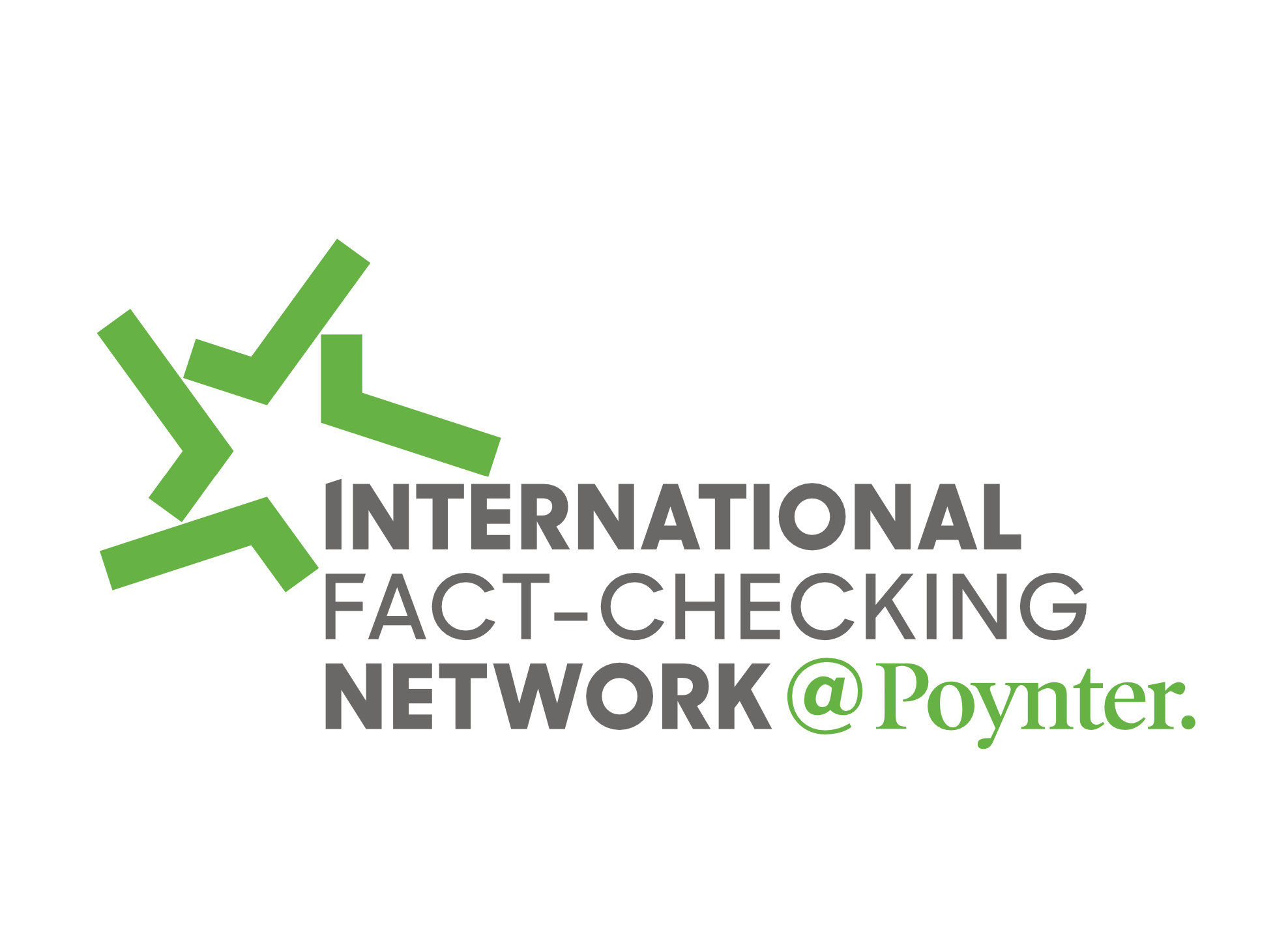Late last year, the San Diego Union-Tribune began a daunting project: Create an almanac for the San Diego metropolitan area, a region that 3.1 million residents call home.
As they began profiling the city’s smaller communities (there are lots), journalists at the Union-Tribune realized there was a huge reservoir of information they hadn’t tapped yet: Nextdoor.
Yes, that Nextdoor, the private social network where your neighbors complain about street sweepers and ask for landscaping recommendations.
“We were trying to be innovative and think of new ways to reach the community,” said Ricky Young, the investigations editor at the San Diego Union-Tribune. “And we thought of Nextdoor because many of us were on Nextdoor and saw that as a new community gathering place.”
Related Training: Finding and Nurturing the Secret Stories Others Miss
The San Diego Union-Tribune isn’t alone on that front. Several dozen news organizations, including the San Antonio Express-News, St. Louis Post-Dispatch, KQED and, as of last week, The Washington Post, have started using the social network to connect with readers.
Here’s how it works: Nextdoor’s news partners can use the social network to target their posts down to the community level, allowing them to share headlines, images and story intros that link back to their news sites. The stories appear in the Nextdoor news feed app and website, as well as in a daily newsletter that members receive. News partners can see and respond to replies to their posts, but the rest of the neighborhood conversation remains private for the verified members of that community.
Neighbors can also share story ideas or tips with news partners through Nextdoor, and news partners can use the network to figure out which stories are most interesting to their audiences, said Jen Burke, a senior communications manager at Nextdoor.com.
“Connecting and engaging with residents on a neighborhood level is a much more personal experience than other social networks, where anyone who is interested, regardless of location, can follow along,” Burke said. “Fundamentally, Nextdoor is about growing community.”
The quality of engagement on the social network is high, Young said. In part because Nextdoor is a protected space, he said, people seem pretty engaged: Reach for some posts occasionally rivals or even exceeds the numbers for stories shared on Facebook. There’s little spamming or trolling because it’s a vetted network (Nextdoor uses billing and street addresses to verify that users are actually residents of various neighborhoods).
In the case of the almanac, Nextdoor users were very engaged — both in their own communities and in what the Union-Tribune might say about them, Young said.
“You’re there because you’re a neighbor and you care about that community,” he said. “It’s not like an all-purpose website where it could be somebody from far away who’s out trolling on a political matter or something.”
But not every story is a good fit for Nextdoor. Practical articles about local matters — new businesses, crime involving nearby residents, rent prices, road improvements — tend to work. Politics does not.
“People on Nextdoor seem to feel they have been promised a politics-free zone, and if you cross that line, they do not like it,” Young said.
Young also noted that Nextdoor’s vetted block-by-block aspect insulates it somewhat from the fake news and opinion-brandishing that can clutter news feeds on other social news platforms. The Union-Tribune has experimented with using the app to start in-depth conversations about community matters: high prices at the San Diego Zoo, for example, or homeless people at the city’s new downtown library.
A discussion about an “anti-Islamophobia” curriculum at San Diego schools took off on Nextdoor — but it was among people whose families are affected by the curriculum, as opposed to the free-for-all you might get on a general-interest social network or news website, Young said.
News organizations don’t have to pay to use Nextdoor, and they aren’t paid for using it, Young said. There’s no direct financial incentive for using the network; it’s purely an audience engagement tool. But the almanac experiment showed that it can be an effective means to reach individual communities in a larger area.
“People seemed to really care,” Young said. “We learned a lot about the communities from that.”






